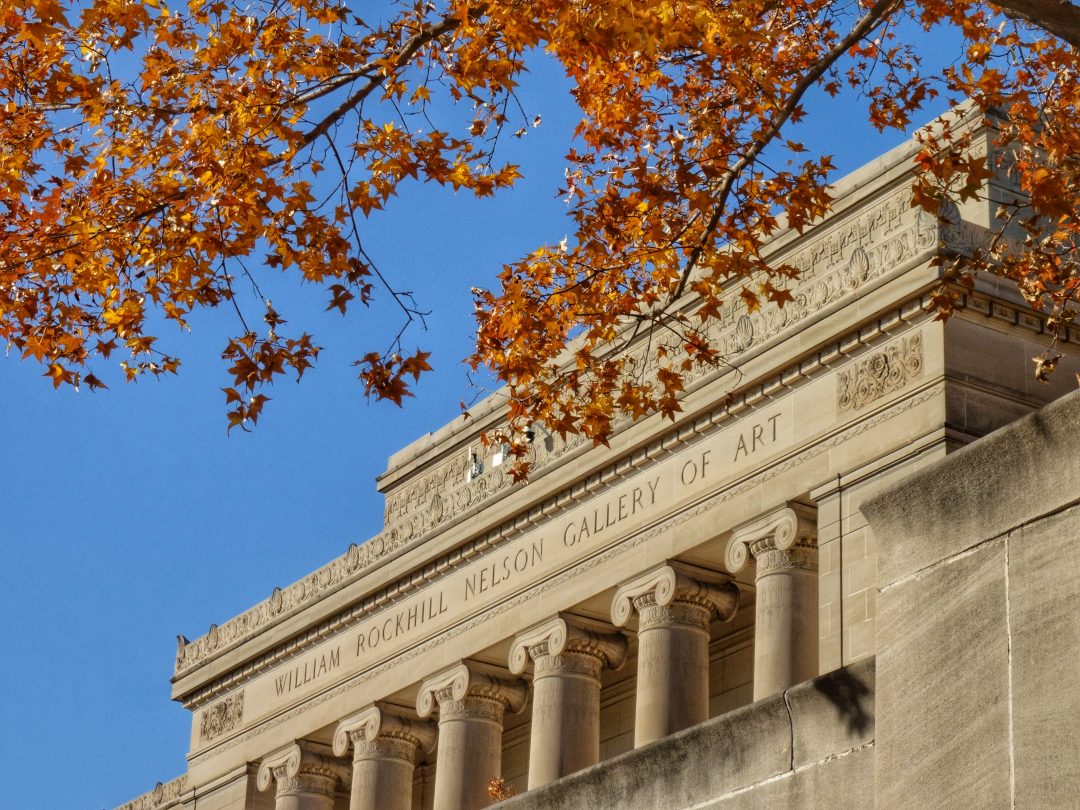If the Nelson-Atkins Museum of Art were a person, and if you were to go to dinner with said person, then you would look on, bewildered, as they failed to settle on any single meal because “everything just looks so good”, and ultimately they would decide to order one of everything on the menu “just to be safe”. The waiter would say “sir, we have an appetizer sampler on the menu, perhaps that’s a more appropriate portion for-” “No no,” the museum would interrupt, “one of everything please: the full portions.”
An Art Collection for the Ages
What I’m getting at is that this museum has a lot of art. And it has nearly every kind of art. The main building is a three-story wonderland of European and American paintings, Chinese and Indian statues, Thai woodcarvings, Japanesewater colors, Native-American garments, ancient Egyptian stonework, full sets of medieval Spanish armor, and an entirely reconstructed Buddhist temple interior. That’s just the main building. There’s also a modern art building, photography collection, and the grounds outside showcase an impressive parade of sculptures among lush vegetation and walkways.
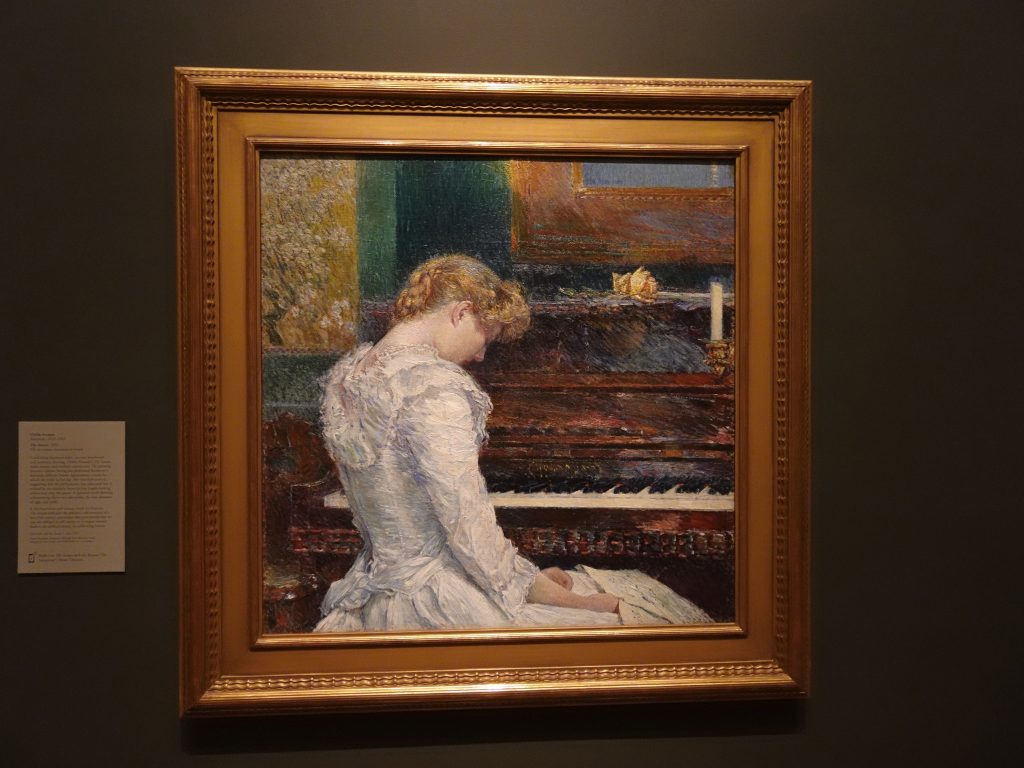
Each of the museum’s rooms are separate worlds; you’ll enter one through an arched white doorway, and, on the red walls, find a small collection of Renaissance paintings. Then, you’ll pass into a wide long room, where along the wall is one of Monet’s water-lily murals, 14 feet long and six feet tall. Then you’ll continue on to the courtyard where huge black pillars, crowned with gold, grow from marbled floors and meet a white roof of classical carvings three stories above you. Beyond the main courtyard is another one, just as large, with a glass ceiling, potted vegetation, and wire seating which serve as a café to keep your museum experience energized. It’s breathtaking: all of it, every corner of the museum. You could spend a week going from room to room to room and each day would feel like a new adventure.
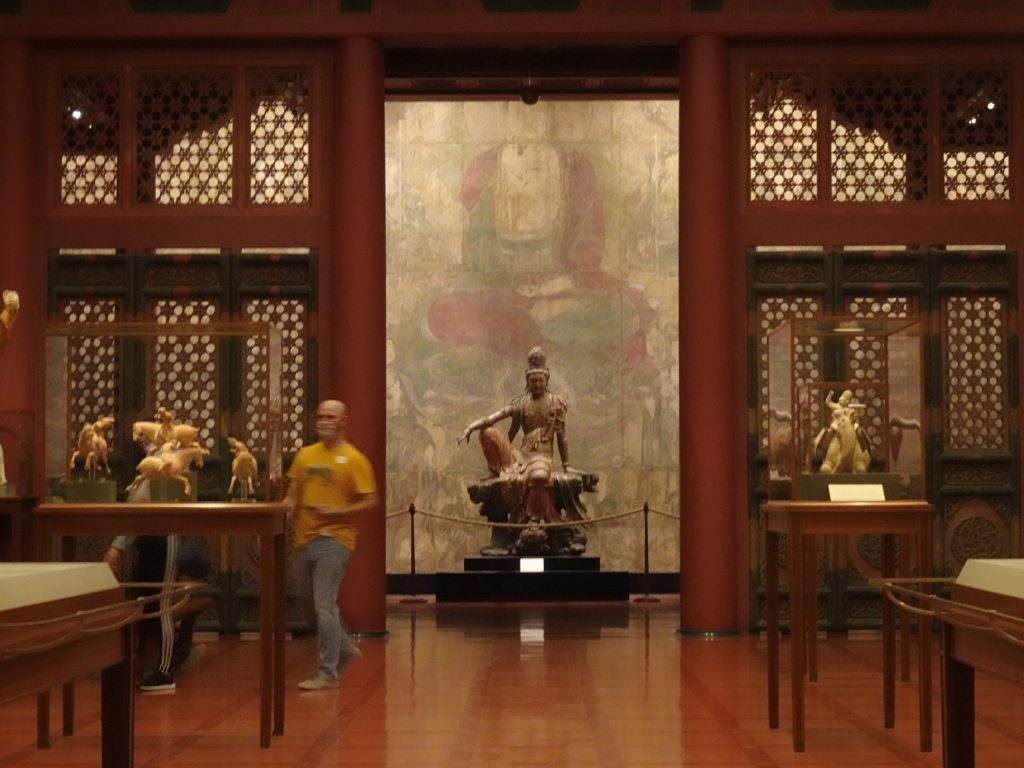
A Price You Can’t Refuse
So how much would it cost to enter such a lavish, magnificent place? It’s free; free to everyone. In state, out of state, citizen, foreigner, it doesn’t matter; come on in. No reservation necissary, I showed up that day and was issued a ticket. That’s right, it seems there are some parts of this country still uncorrupted by the Dollar. The Nelson-Atkins museum is accomplishing what the Met in New York no longer can. (It costs $25 for an adult to visit the Met.) And how is it possible to maintain such the Nelson-Atkins Museum without charging patrons an entrance fee? The answer: Wall-Street. Really? Really.
According to the Museum’s fiscal year 2020 Gratitude Report – an annual report from the museum which discloses their finances – 43% of the Museum’s $33.5M revenue in 2020 came from its endowment. (To save you a trip to the calculator that’s $14.4M from the endowment.) Forty two percernt of the revenue came from contributions: donations from individuals and organizations like Bank of America, and a mere 15% was earned revenue: gift shop proceeds and the like. So donations are important, yes, but without the museum’s endowment, the curators would be bringing Van Goh’s to the pawn shop at the end of each month in order to pay employee wages.

On Endowments
So what does this mean exactly? What’s an endowment, and how does it work? To be honest I wasn’t really sure myself, so I did a little research, and it turns out that, for a non-profit such as a museum (or charity, or university), an endowment functions much like a retirement fund. To begin with, there’s a large pot of money. That pot of money is invested in stocks, bonds, municipal funds, whatever, and those investments earn interest. The earned interest is then used to pay for annual expenses. In 2020, for the Nelson-Atkins museum, that interest totaled $14.4M.
Before going any further, there’s something important to understand here: the initial pot of money is NEVER touched, it NEVER changes. You DO NOT have $20, spend one dollar a year, and after 20 years you’re out of money. No, instead you have $20, invest it, earn $1 a year in interest, and live on that one dollar each year. At the end of 20 years, you STILL have $20 to bequest to your grandkids.
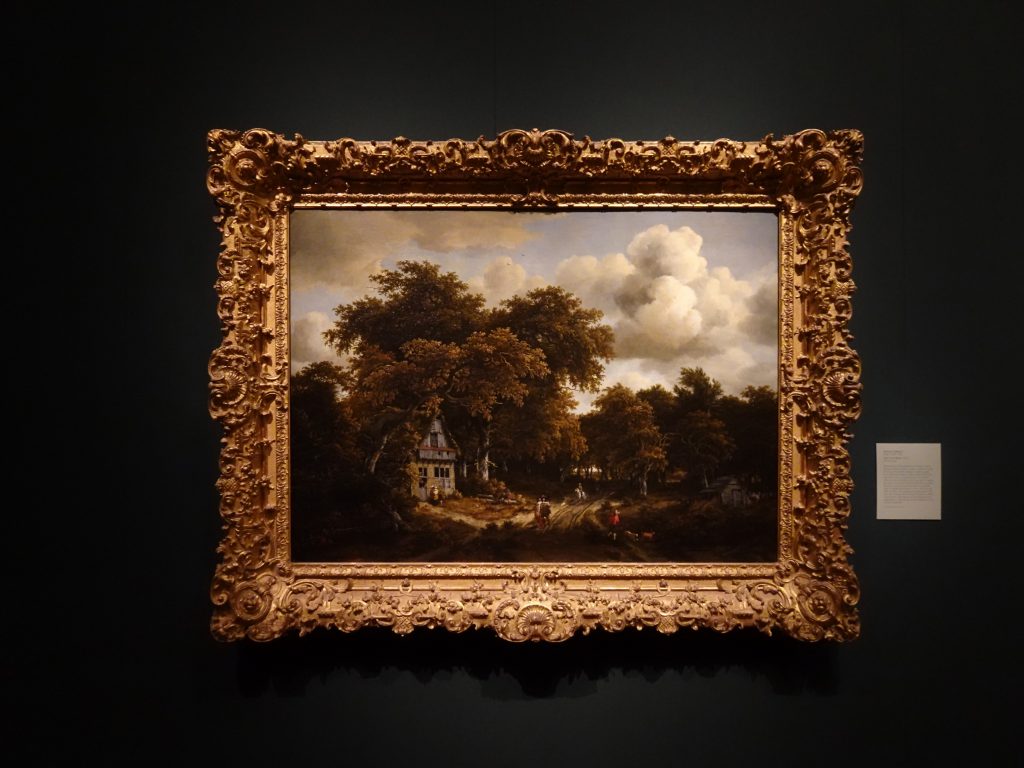
On Economic Systems
The simplified process described above is the reason wealth remains with the wealthy. Swap the $20 with $2M dollars and run the simulation again. Between 1926 and 2010 an investment in the S&P 500 has wielded an average annual rate of return of 10%. If you invest your $2M in the S&P, something anyone capable of setting up a bank account can accomplish, you’ll be earning $200,000 a year. There are doctors out there that don’t make that much. If you have wealth to begin with in this lovely American economic environment of ours, then you don’t need a P.H.D from Harvard to live lavishly AND retain all of your money, you don’t even need to be particularly bright; no, you need only the skills of a middle schooler.
But before my hammer and sickle comes out, let’s return from this financial diatribe and remember what brought us here in the first place: free admission to arguably the greatest art museum of the American Midwest, free admission which would simply not be possible without the museum’s endowment. And when we consider how an endowment functions, well… perhaps we ought to be wary of imaging economic systems to have inherent morals.
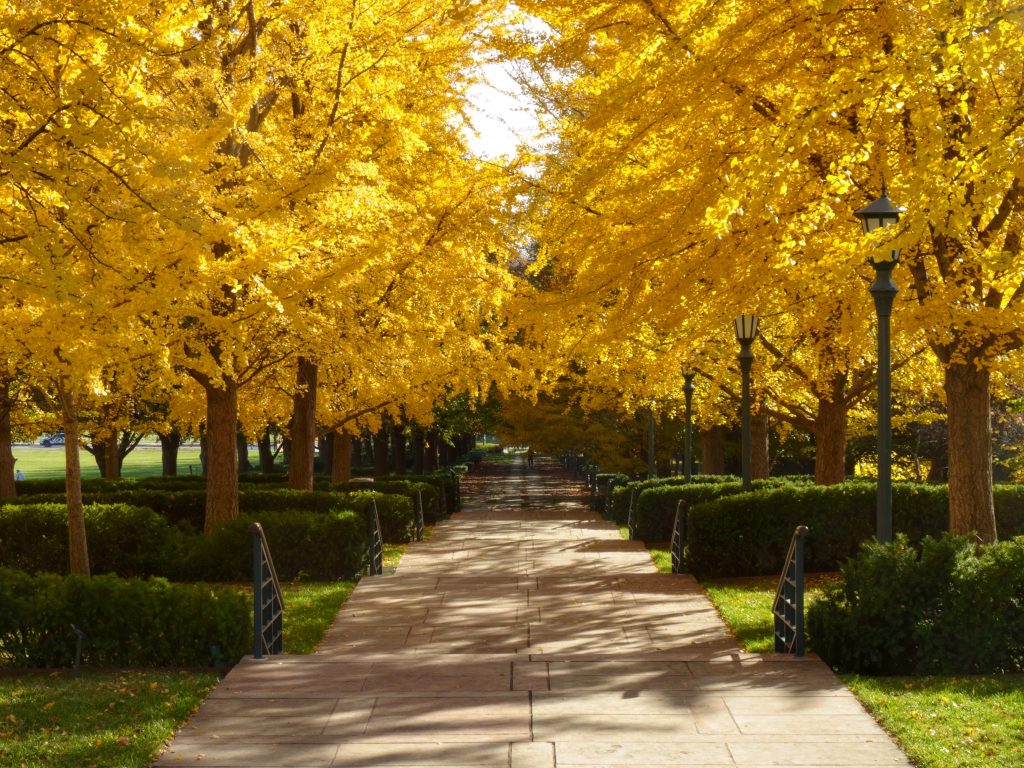
Wrap Up
Recall that scene I described in the opening paragraph, the one about your dinner date with the museum. It seems I left out one crucial moment: see, once the food arrived, and once the waiter could finally take a break from rushing to and from the kitchen, the museum would look up at you across the decadent feast, smile and say “well, dig in. You don’t really expect me to eat all this on my own do you?”
I’ll leave you with a quote that’s etched into the stonework along the front of the main building at the Nelson-Atkin’s Museum. It’s from the French Romantic poet Victor Hugo, and to me it captures the ethos of this place; “The soul has greater need of the ideal than the real.”
If you’re ever in Kansas City, don’t miss this museum. Thanks for reading. Be kind to yourself, be kind to others, and safe travels out there.
Dylan

